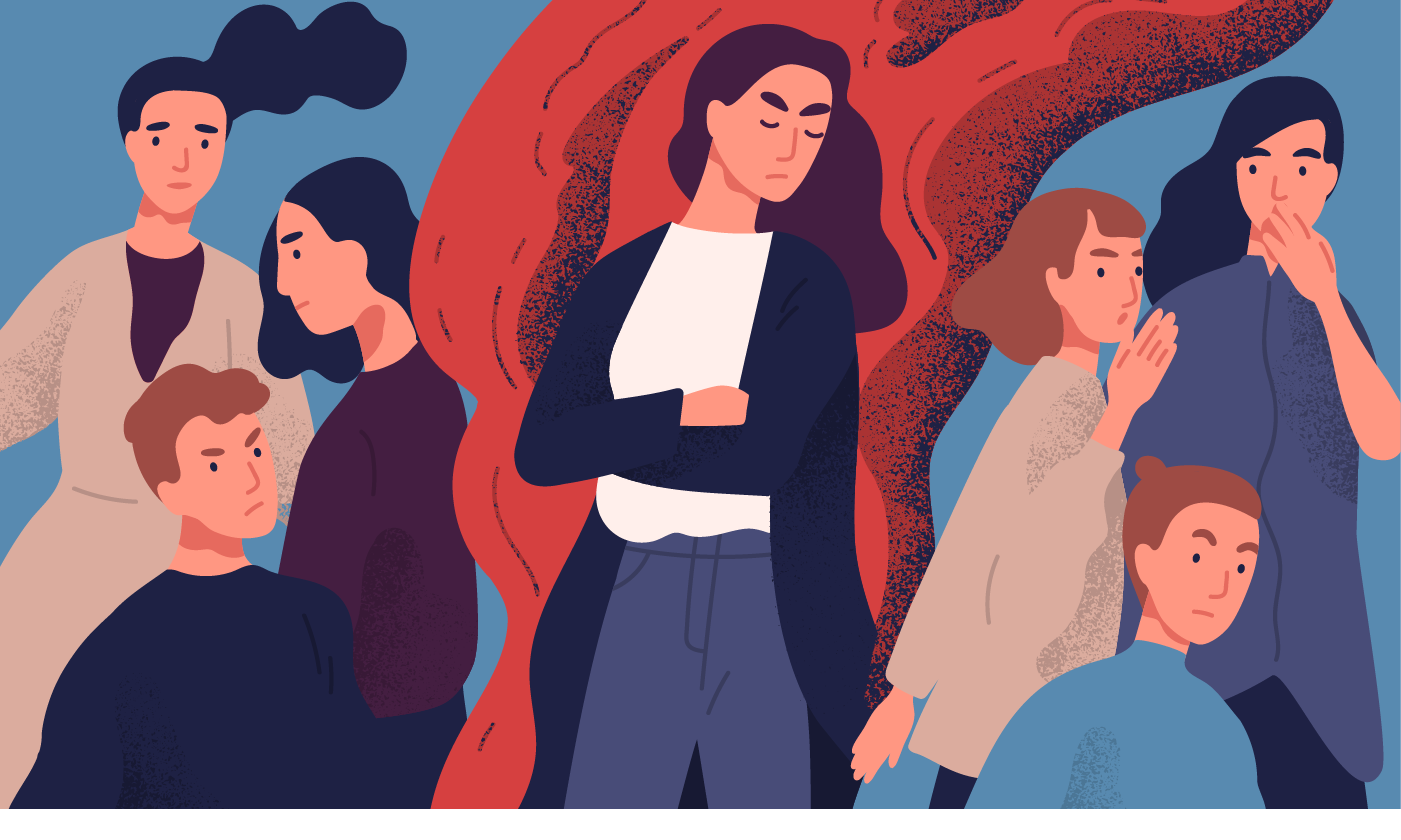Saying no is hard. It’s difficult for those who say it but even worse for those who hear it.
Candidates are people, not flat pieces of data captured on a resume. They have desires, dreams, experiences, and emotions. At the end of the day, candidates want experiences that match their expectations, which have been built up by their daily interaction with the consumer marketplace. They also have the need for human connections, to be seen and heard, and to feel like unique individuals
Unfortunately in the talent aquisition space, we spend more time telling people no than getting to tell them yes. I think it’s fair to say the industry has worked hard to improve the application process experience, the interview experience, and the onboarding experience; however, we have not done much to advance the experience at the most painful stages of the hiring process: candidate disposition.
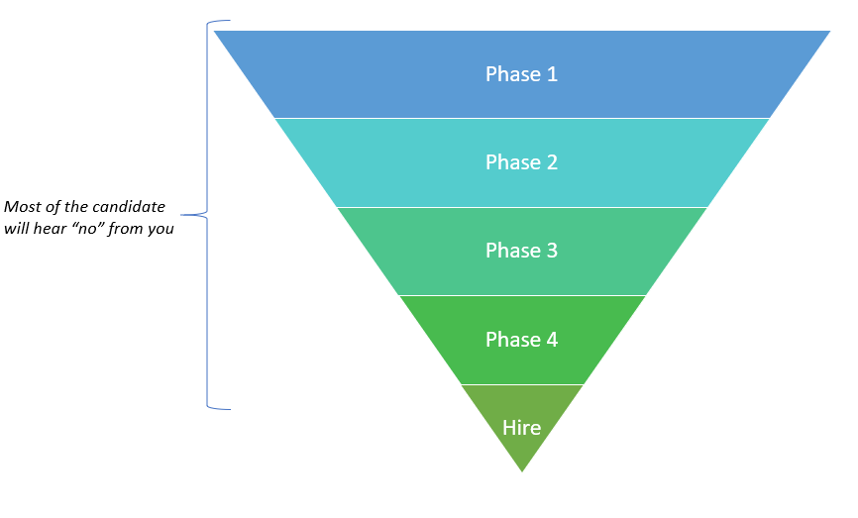
Designing how we say no is imperative to the business success
As a Talent Acquisition program manager and a UX researcher at Intel, I am always on the lookout for the new industry trends, innovation, and leading programs to enhance the hiring experience for our external customers (candidates) and to our internal customers and stakeholders (recruiters and hiring managers). My goals are to improve our end-to-end global talent acquisition groups while attracting the best talent at Intel.
In this article, I share my journey of seeking to improve the candidate rejection experience: from the termination point through the new solution design process, the development of a core set of design principles, and the final output generated to create a new more human way to tell candidates “No.”
Ready? Let’s start
User Experience research focuses on understanding user expectations, behaviors, needs, and motivations through methodical, investigative approaches. Insights are then used to ensure that all product design decisions benefit the user.
This is where I started.
Data collection and analysis — understanding our candidates
The understanding we need to improve the rejection experience didn’t come up in isolation. It arose naturally from the annual candidate survey we participated in. Designed by the Talent Board, this survey provided us with tons of quantitative and qualitative data which I collected and synthesized. It was clear that a candidate’s experience was better in relation to how far the candidate progressed in our hiring process, but then dropped down dramatically when a candidate was being dispositioned from our process.
Considering these red flags with my research-oriented curiosity drove me to further investigate users to better understand and uncover what our candidates feel, think and do when being informed that their candidacy is being removed.
Industry and competitors benchmark — feeling like a secret investigator
I went deeper. I explored everything written on the internet about “candidate disposition.” I was surprised to find out that this area was hardly being discussed. I wanted to learn from thought leaders about it, but there wasn’t much content to consume.
Luckily I have an extensive network in the Talent Acquisition industry, so I have met with friends and colleagues who lead recruiting functions in the most-wanted companies and interviewed them about their rejection process, eager to learn best practices. How do they say no to candidates? When? What tools do they use and who is responsible for it in their organization?
I asked my engineering friends to send me their past rejection notes from other companies and I captured critical elements that I liked and didn’t like for further use.
Empathy is a critical element, meet your customer for a coffee
It wasn’t enough for me to read about it or review survey dashboards, I wanted to hear real people talk about their feelings and motivations while being interviewed in other companies. I wanted to empathize with my customers and understand how they feel, so I reached out to several colleagues and friends who are looking for jobs and followed their experiences. I even captured one of them on video.
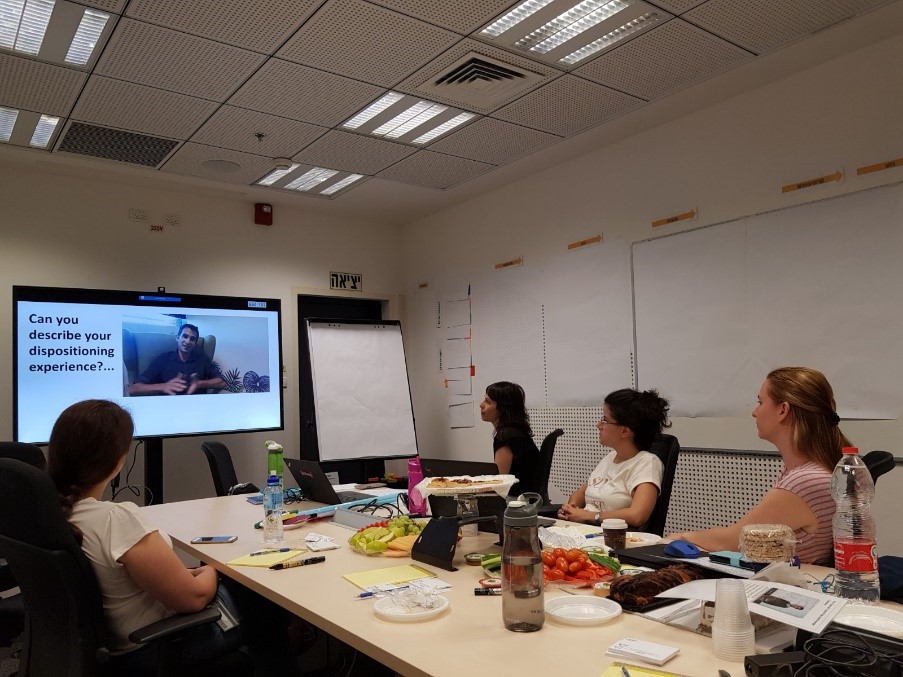
A real candidate’s interview video that my team and I watched to generate empathy before ideation.
Analyzing data into insights and Experience Guiding Principles
After collecting tons of data I continued and extracted the data into insights, which I framed as Experience Guiding Principles. These guiding principles would serve as the north star to focus on as I worked to create a better way to say “No.”
1. Use a Human-Centric approach — As recruiting processes become more automated, the importance of keeping human interaction at the center increases.
2. Focus on Experience — Experiences are something you feel and sense. How candidates feel about their recruiting experience is a competitive differentiator. People have the need to be seen and heard, they want to know where they stand and set expectations.
3. Focus on Emotions to Drive Behaviors: — Human behavior is driven by emotions. We influence behavior by creating recruiting experiences that elicit emotions. Do you want your candidates to refer their friends? Do you want them to apply again? You have to build and maintain a relationship with them, and that means addressing emotions throughout your strategy.
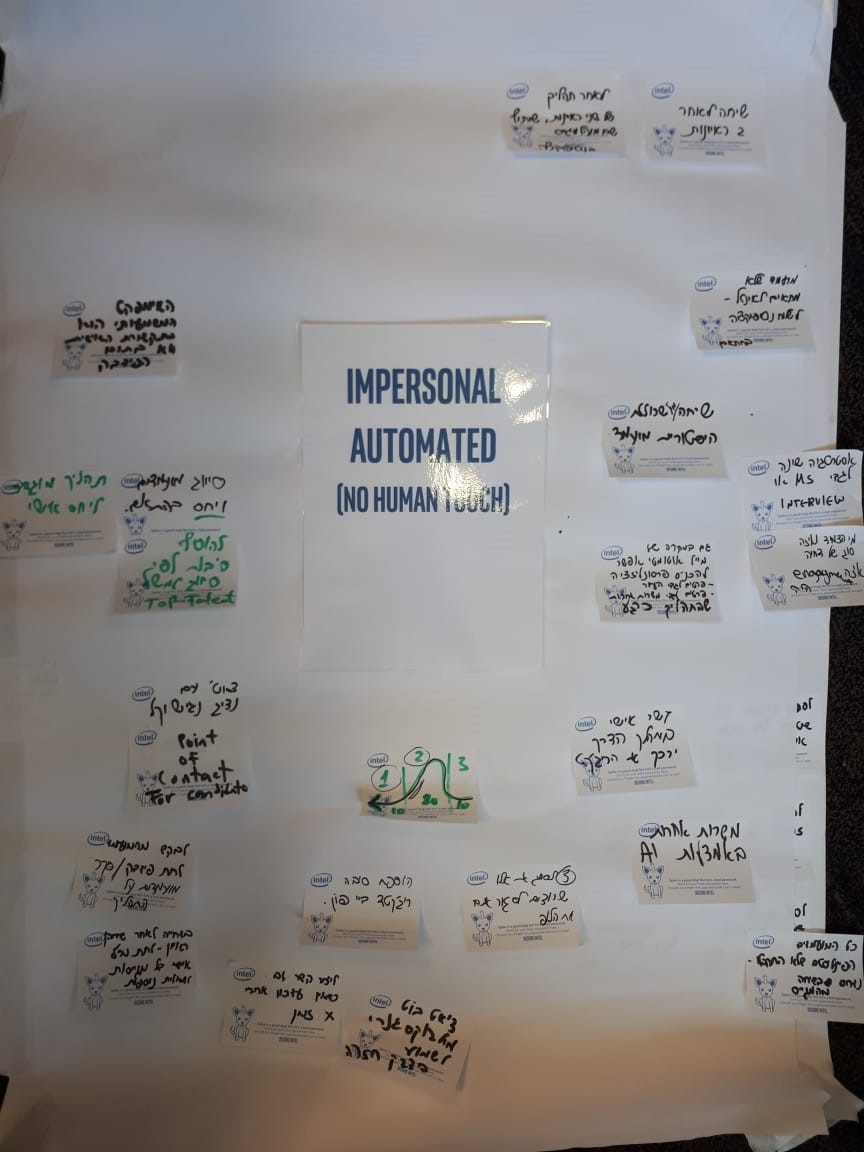
The experience guiding principles serve the larger team to ideate for solutions further in the design process.
Presentation of Insights-collaborate with holistic teams
Designing a new solution is not something you do alone in a vacuum, so my next step was to take the data and turn into three main personas, that represent different types of candidates, and share it with a holistic cross-functional team.
I conducted and lead a full-day design session focused on:
- Generating empathy towards our candidates among the larger team
- Presenting design research findings in a clear and organized fashion.
- Envisioning the ideal User Journey using Service Design Blueprint
- Gathering actionable recommendations moving forward
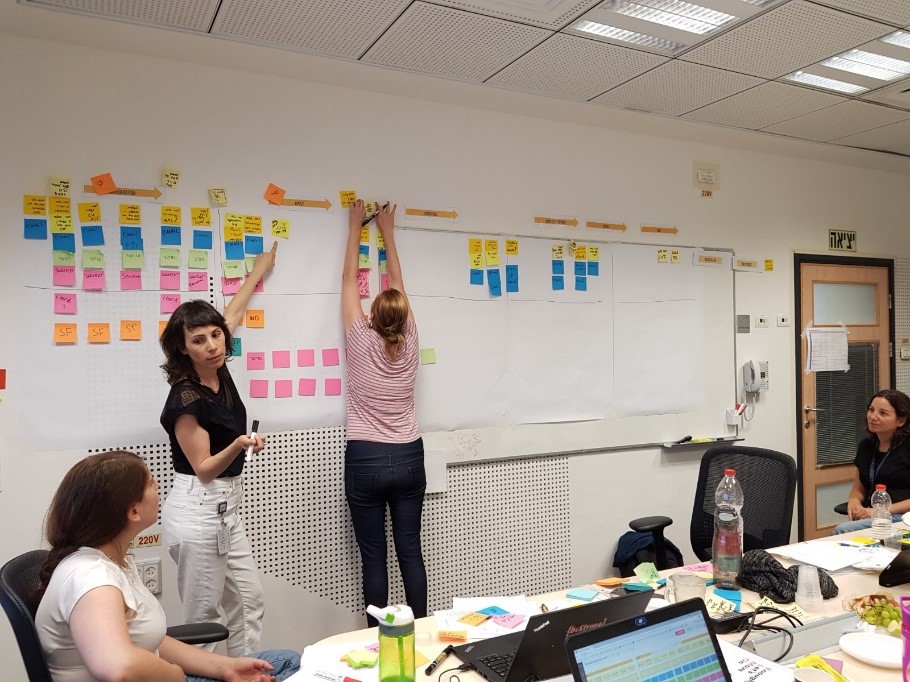
Starting to uncover the critical touchpoints for candidate rejection using service design blueprint
Strategy — turn the design into actionable recommendations
After working closely with the larger team we made a plan of action that included the following five steps:
- Training recruiters on the “Investment rule” – a framework that helps recruiters determine the best way to communicate, or engage, with candidates, which states: “The deeper into the process a candidate goes, the higher touch our communication back to the candidate, should be.” We inserted this framework into our global training.
- Rewriting the “Thank you for applying” notification in a more personal way.if you apply for a job, you get the revised version embedding all of our guiding principles in it.
- Redesigning the entire rejection notifications sent out from our ATS ( Applicant Management System) – See a real example below
- Implementing a new disposition rationale in our system– recruiters may now select a disposition reason that provides a more personalized message.
- Asking for candidate feedback — I designed and launched Intel’s first Candidate Experience Survey to help us collect ongoing customer feedback and assess our experience (designing the survey could merit an additional blog post).
Our old rejection message:
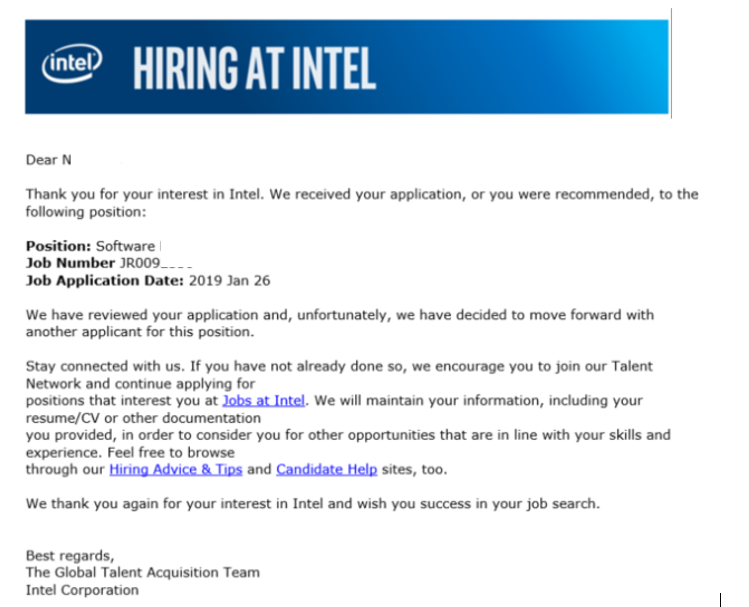
An old notification example before we changed it: Not so personal, lack of empathy, CTA links weren’t updated
An example of one of our new rejection message:
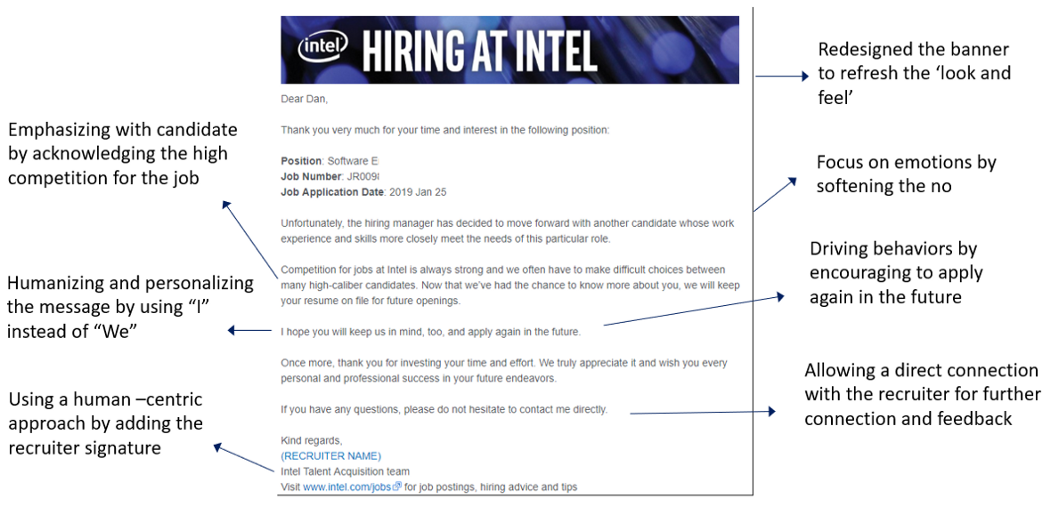
How we apply Our Experience Guiding Principles in the new notifications
Falling in love with my job
One of my happiest moments this year was when I got an email from my peer showing me a letter from one of the candidates who received our new notification saying:
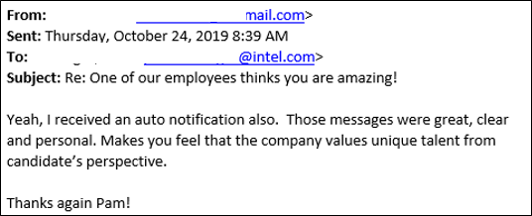
This made me smile 🙂
That was so exciting for me to hear. This authentic feedback made me fall in love with my job even more!


